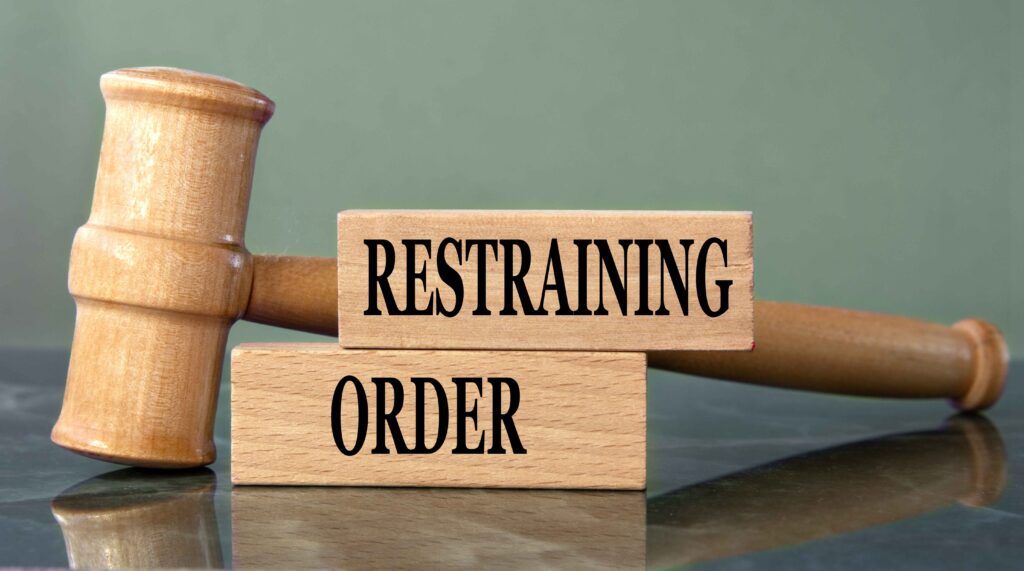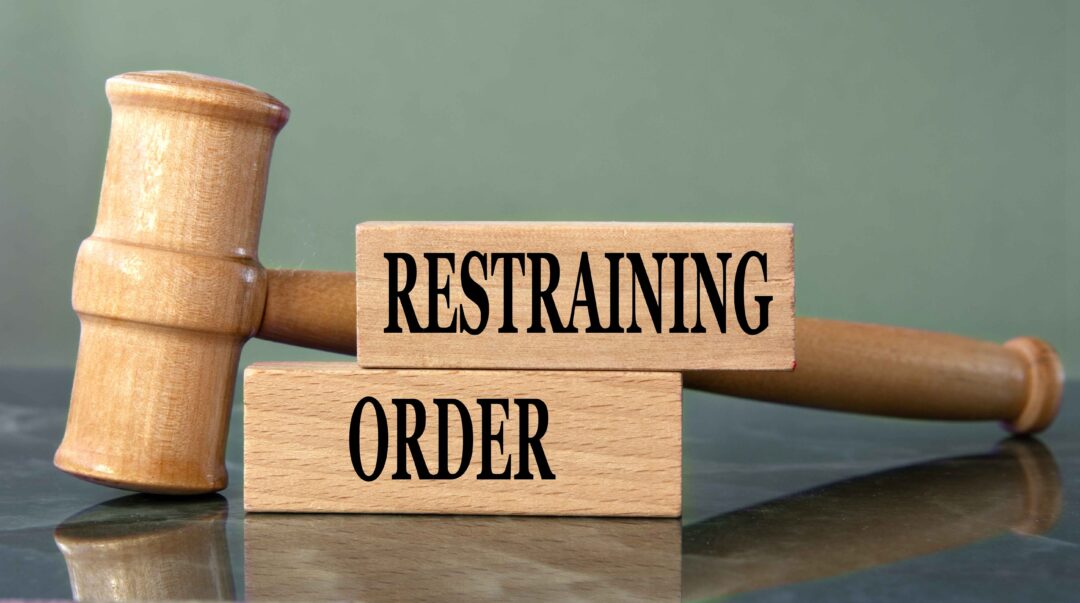
Filing a restraining order in California is a serious legal step, often taken to ensure personal safety in situations involving domestic violence, harassment, or threats. But what comes next? After the paperwork is submitted, the legal system takes specific actions to assess, enforce, and potentially extend the order.
In California, the next steps involve temporary protection, a scheduled court hearing, and potential issuance of a permanent order based on the evidence presented.
This article explains each phase following the filing of a restraining order, with a focus on California law and procedures, as practiced and understood by seasoned attorneys.
Immediate Legal Effects of Filing a Restraining Order
Once a restraining order is filed, the legal system initiates immediate protective measures designed to ensure the safety of the petitioner until a full court hearing can be conducted.
Temporary Restraining Order (TRO)
Once a restraining order is filed, the court may issue a Temporary Restraining Order (TRO) if it finds sufficient evidence of immediate danger or threat. This TRO provides short-term protection and remains in effect until the court hearing date, which typically occurs within 21 days of the filing date.
Service of Process
The next critical step is ensuring the respondent is properly notified. The respondent must be personally served with a copy of the restraining order and notice of the upcoming court hearing. Service of process is commonly carried out by law enforcement officers or licensed process servers to ensure it is legally valid.
Upcoming Court Proceedings
After the initial order is in place, the legal process progresses to a formal hearing phase where both parties can present their sides in court.
Notice of Hearing
After filing, the court schedules a hearing date to determine whether a permanent restraining order should be issued. This date is critical, as both parties are expected to attend and provide testimony or evidence supporting their case.[1]
Respondent’s Right to Respond
The respondent, or the person against whom the restraining order is filed, has the right to respond. They may submit a declaration and supporting evidence to challenge the claims made in the initial petition. This ensures a fair legal process where both sides are heard.
Court Hearing and Potential Outcomes
The court hearing is a pivotal step that determines whether the restraining order will be extended or made permanent based on the evidence provided.
Judicial Review and Decision
During the hearing, a judge thoroughly examines all materials presented by both parties, including declarations, photos, text messages, and witness testimony. The judge will decide whether the claims justify a longer-term protective order.
Issuance of Permanent Restraining Order
If the judge rules in favor of the petitioner, a permanent restraining order is issued. In California, such an order can last up to five years. The order can include various restrictions, such as prohibiting contact, maintaining a specific distance, and vacating a shared residence.
Enforcement and Consequences of Violating the Order
Once a restraining order is issued, strict compliance is essential, as any violations can result in serious legal penalties.
Legal Ramifications
Violating a restraining order is a serious offense in California. It can result in immediate arrest, criminal charges, and potential jail time. Law enforcement agencies are required to act swiftly to enforce these orders. [2]
Firearm Restrictions
California law mandates that anyone subject to a restraining order must surrender any firearms they own. This is enforced strictly to prevent further escalation or danger.
Modifications and Terminations
Even after a restraining order is issued, California law allows for updates or changes if either party’s circumstances evolve.
Requesting a Change
Either party can file a motion with the court to modify or terminate the restraining order if circumstances have changed. A hearing will be scheduled, during which the judge will determine whether the request should be granted.
Renewal Process
Before a restraining order expires, the protected party can request a renewal. This must be done within the final three months before expiration and may be granted if the threat is deemed ongoing.
How Restraining Orders Affect Family Law Cases
Restraining orders can directly impact other legal matters in family court, including child custody and divorce proceedings.
Impact on Child Custody
Restraining orders can significantly impact family law matters, particularly child custody cases. The court will prioritize the child’s safety and may award sole custody to the protected parent, especially in situations involving domestic violence.
Effect on Divorce Proceedings
Restraining orders can complicate divorce proceedings by limiting communication and physical proximity. They may require attorneys to facilitate interactions or lead to court orders specifying how property and custody matters are handled.
How Moore Family Law Group Can Help
Navigating restraining order procedures in California requires expert legal counsel—this is where Moore Family Law Group steps in.
Expert Legal Representation
Moore Family Law Group specializes in handling restraining order cases under California law. Their experienced attorneys offer strategic advice and compassionate representation throughout every stage of the process.
Strategic Legal Advice
Whether you are seeking protection or defending against a restraining order, Moore Family Law Group provides tailored legal strategies to help you navigate complex court procedures and protect your rights.
Frequently Asked Questions
1. Can I drop a restraining order after it’s filed?
Yes, but only the court can officially dismiss the order. A request must be filed and reviewed during a hearing.
2. What if the respondent violates the TRO before the hearing?
Call law enforcement immediately. Violations are taken seriously and can lead to arrest.
3. Does a restraining order appear on a background check?
Yes. Both temporary and permanent restraining orders can appear on background checks in California.
4. Is a restraining order enforceable in another state?
Yes, under federal law, California restraining orders are recognized and enforceable across all states.
5. Can a restraining order be filed without physical violence?
Yes. Harassment, stalking, threats, or emotional abuse can also be grounds for a restraining order in California.
Ready to Reclaim Your Peace and Safety?
Filing a restraining order is only the beginning. Whether you’re seeking protection or defending against one, understanding the next steps is crucial. With California’s stringent laws and procedural nuances, it’s essential to have experienced legal guidance. Moore Family Law Group is committed to advocating for your safety and rights. Contact us today for a confidential consultation and take the next step toward legal clarity and personal security.





